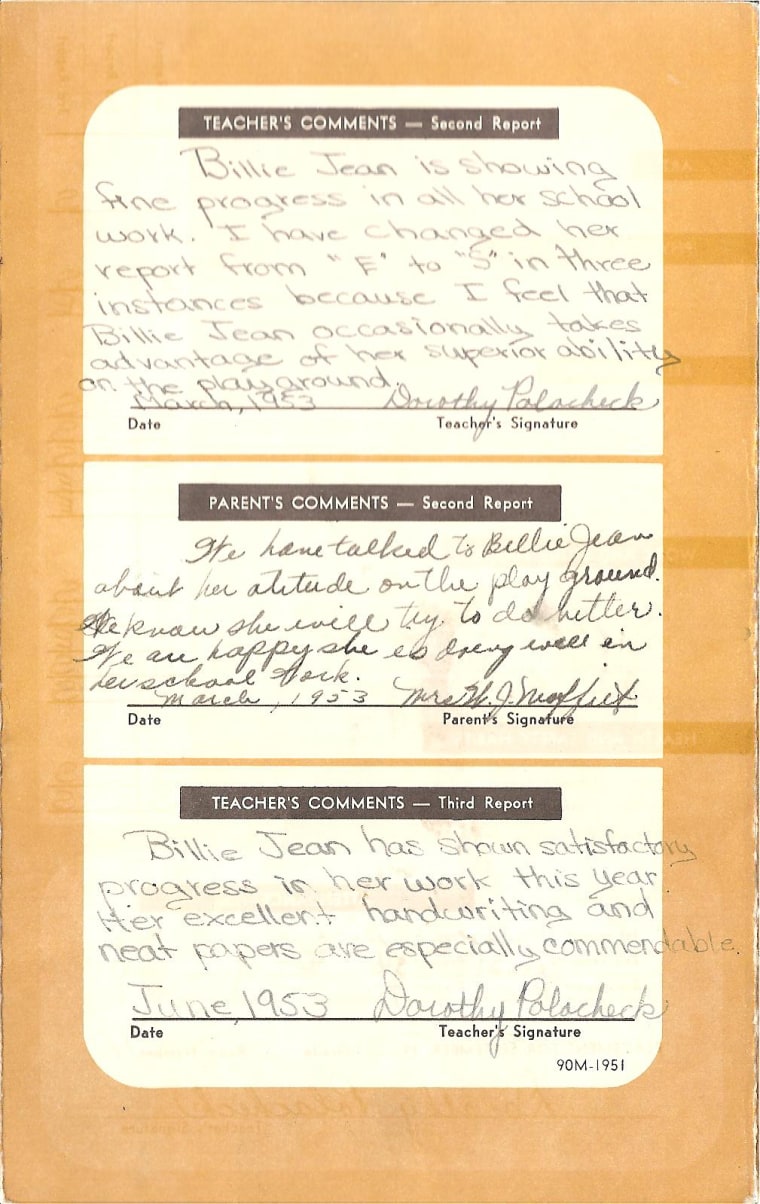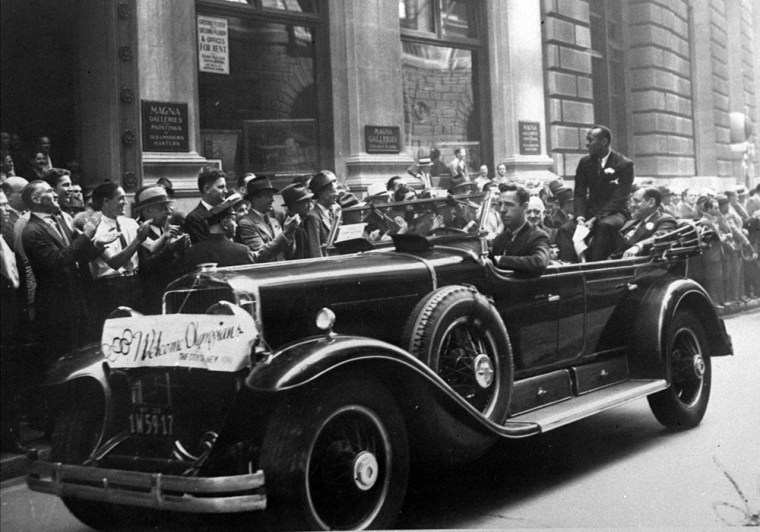When Philip Schwalb visited the Naismith Memorial Basketball Hall of Fame for his birthday in 2001, the lifelong basketball fan devoured every exhibit over two days. But he was surprised that the museum – sitting right off a major highway in Springfield, Mass. – lacked an important element: people.
“There were maybe 20 or 25 for each of the two days,” Schwalb said. “I found that disheartening.”
On the Amtrak back to New York City that September, he felt badly as a sports fan that a Hall of Fame could be so poorly attended. But as a businessman, he sensed an opportunity.
Then 9/11 struck.
A seemingly minor event – a near-empty Hall of Fame – along with a cataclysmic day in American history spurred the 45-year-old to found the Sports Museum of America blocks south of the destroyed World Trade Center in New York City. The museum opens today (May 7).
In the months after 9/11, Schwalb conducted research on Halls of Fame. Most are in small towns, he found, and generated unimpressive attendance. He said the combined annual attendance of the pro baseball, football and basketball Hall of Fames falls short of the 800,000 who show up in one year at Madame Tussauds, the wax museum in New York City.
”It’s shocking, given the passion of sports in this country,” said Schwalb, who has served as an officer of the Arena Football League.
His idea: Why not build a sports museum in the biggest city in the country, a crowded metropolis which also welcomes 46 million out-of-towners a year?
Situated at the southern tip of Broadway and at the start of the Canyon of Heroes – the kick-off point for scores of ticker-tape parades – the Sports Museum of America offers a smorgasbord for its $20-$27 ticket price. As befits a museum opening in the 21st century, interactive exhibits abound. Place your face in a goalie’s mask and see 100-mph slap shots coming your way. Stand on a NASCAR track and, as cars zoom by you on the wall, feel the ground rumble. Touch one of Wayne Gretzky’s sticks (a guard won’t toss you out).

The Sports Museum of America is also the new home to the Heisman Trophy (once housed at the nearby Downtown Athletic Club) and is the inaugural home of the first women’s sports Hall of Fame, named after Billie Jean King.
Still, visitors and residents may ask why they should bother when they could make a pilgrimage to Cooperstown or Canton instead. After all, Schwalb admits that while baseball memorabilia at the Sports Museum of America may cover 1,000 feet of space, it would barely fill a closet at Cooperstown.
One of Schwalb’s hopes is the new museum – which he runs as CEO – will attract and entice the non-sports fan, those unlikely to carve out the time to visit a traditional Hall of Fame.
"Let’s say a family comes in and Mom is not a sports fan,” he said. “In the Olympics room, she can see Jesse Owens’ diary and a film of his life story that will give her goose bumps.”
A Duke University graduate whose resume includes managing TPC Inc, a holding company for the Kennedy-Schlossberg family, Schwalb sees himself as a supporter of the other Hall of Fames rather than as a competitor. In fact, the Sports Museum of America promotes them (including the little-known Negro Leagues Baseball Museum in Kansas City) in its Hall of Halls exhibit. A number of pro Hall of Fames, including basketball and football, are founding sports partners of the new one in New York and have lent memorabilia for its rooms.
Aside from its slew of high-tech exhibits, the Sports Museum of America is different from the other Halls in another area: it’s a public-private partnership rather than a non-profit. Schwalb applied for and received about $65 million in Liberty Bonds, available to a handful of businesses looking to open in downtown New York after 9/11, and then raised the other $30 million or so mainly from New York business executives. “We expect, in five years, they’ll get a return on their investment,” Schwalb said.
The Sports Museum of America spent $3 million in advertising to promote itself before its doors opened today, the kind of money non-profit Halls can only dream of spending to market themselves. Schwalb is convinced this is an idea whose time has come.
"There are 35 aviation museums in the country,” he said. “Sports is a part of the American culture that merits a museum.”
